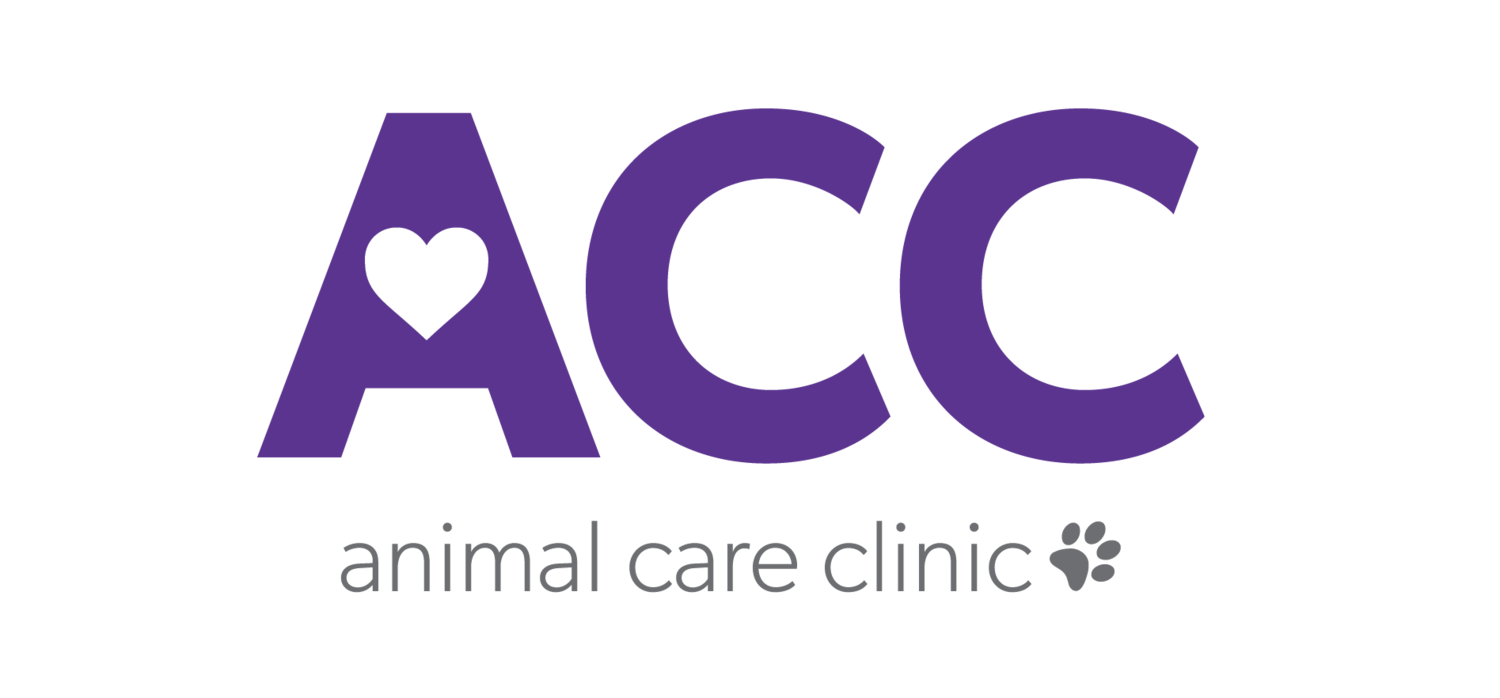Many people ask the question, “Why do dogs pant?” The easy answer is that it is normal behavior if it is not associated with other symptoms. You need to know the reasons why dogs pant, so you can distinguish between normal panting and panting that requires an urgent trip to the vet.
MOST COMMON REASONS DOGS PANT
1) DOGS PANT TO COOL OFF
Dogs do not have sweat glands, so when they are overheated, they cool their bodies by exhibiting rapid respiration with their mouths open and tongues somewhat protruding. This allows the exchange of the hot air in the lungs with the cooler outside air.
Dogs often start to pant when they get even slightly warm. Short-faced dogs with small snouts have an even more difficult time cooling off when the weather is warm. When the outside temperature is the same or higher than a dog’s normal body temperature of 102º F, panting will not sufficiently cool your dog, so you will need to find a way for your dog to cool down.
Panting is different than labored breathing that occurs when the dog is in distress. If there are accompanying symptoms, like crying or whistling from the nostrils, your dog may be in distress and need veterinarian care. Look for other signs of overheating like a bright red tongue and gums along with heavy drooling.
2) DOGS PANT WHEN THEY ARE UNDER STRESS OR EXCITED
Sometimes, panting has nothing to do with your dog’s body temperature, but is a reaction to emotions. Dogs may pant when they are afraid or anxious and experiencing some type of stress. This may be due to hearing fireworks or a trip to the vet.
If it appears the only reason for the panting is stress, remove your dog from the stressful situation as soon as possible. If you can understand the cause of the emotional panting, you can avoid putting your dog in those situations in the future.
3) DOGS PANT WHEN THEY PLAY
Your dog may pant when playing. If this is “happy panting,” it will be accompanied by other behavior such as your dog wagging its tail and having facial and eye expressions that you know indicate your dog is happy. When the dog calms down, the panting will slow down.
4) PANTING IS A SYMPTOM OF PAIN OR DISCOMFORT
Dogs pant when they experience discomfort or are in pain. This type of panting will be accompanied by other symptoms of distress such as vomiting, loss of appetite, bowel changes, pacing, limping, or other behavior problems. Dogs with a high fever often pant to lower their body temperature.
If your dog is exhibiting symptoms along with panting such that the panting appears to you to be abnormal, do not risk your dog’s health. Contact us at the Animal Care Clinic to request an appointment. For urgent matters, call us at 785-762-5631.

